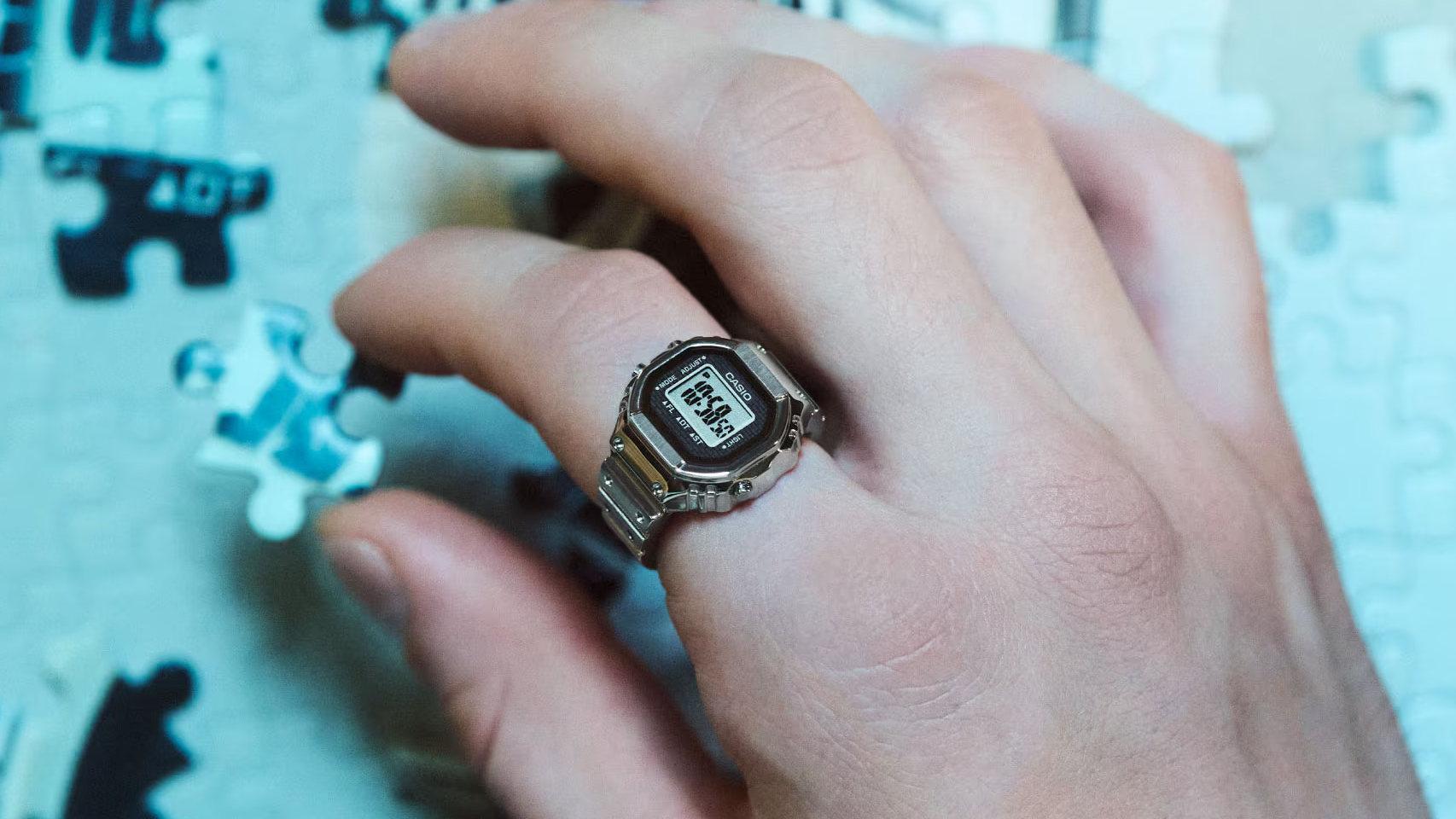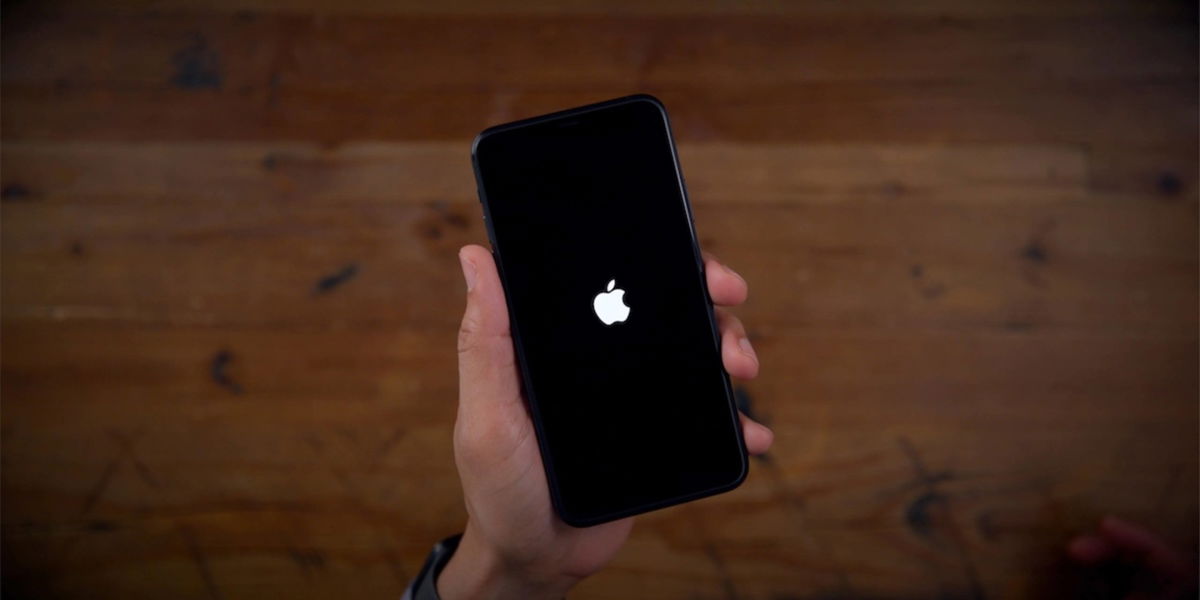Last week we saw the resurrection of a rumor that had appeared sporadically before: the possibility of a screen always on on the next iPhone. In other words, a screen that would never turn off completely, as we can see in the Apple Watch Series 5 and 6. This is something more and more common in Android devices.
Thanks to clever management of the screen refresh rate, which could even be as low as 1 fps, the battery would hardly be affected. The miracle would be done by a new generation of variable frequency LTPO displays, and this would allow us to see key data without even having to move the phone. The question that arises now is therefore: What data could we show?
Basic information, but also customizable
Let’s look at the Apple Watch as a possible example. When your screens are in “sleep” mode, the brightness is reduced and some elements such as the fill colors of the elements of the sphere turn black (black pixels on an OLED screen do not consume power).
By transferring this to the iPhone we could see some kind of suitable wallpaper which is more discreet when the screen is not in use. Or, for the benefit of greater autonomy, that the background disappears completely as with some Android models where the screen is always on.
Let’s also think about the information we might see. The phone keeps running in the background even when it’s locked, so a screensaver could show us the time, battery level and coverage; the information of some widgets such as weather, calendar or stock market … we might also see some messaging notifications that we select in our preferences. The screen would turn on completely for calls
Buttons for accessing some basic functions such as flashlight or camera could also be present on this screen when idle, although it would be necessary to see how they behave if before pressing them we move the phone and the sensors turn it on.
Nothing else? Apple could offer additional flexibility, such as the ability to integrate Siri shortcuts on that same screen. For example, to send a message to a specific contact directly from the lock screen, using Face ID or Touch ID (remember there are rumors about their return) to authenticate us.
Always-on screen would require iOS 15 to completely redesign the lock screen
But all these additional functions already make us think of another implication: it will be necessary to see changes in the iOS lock screen for it to be so. If we’re really going to see a screen that will always be on in the next iPhone, iOS 15 may show us a brand new lock screen as one of its main novelties.
We’ll see what finally comes true, because let’s remember: we’re talking about rumors. New iPhones are expected to be introduced in early fall, in an event some optimists are already hoping to see with the audience partially returning to the Steve Jobs Theater.









